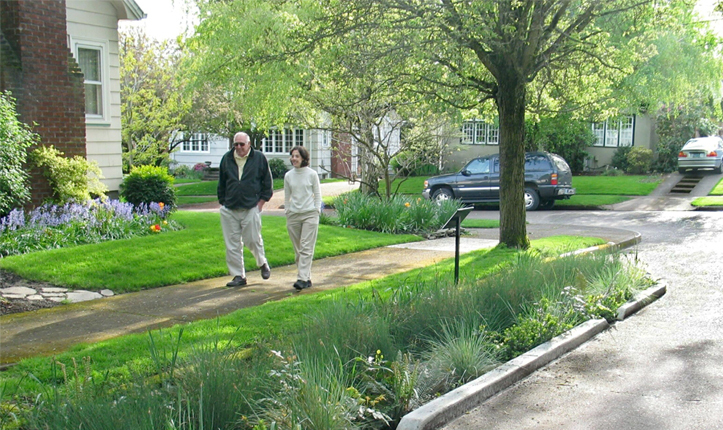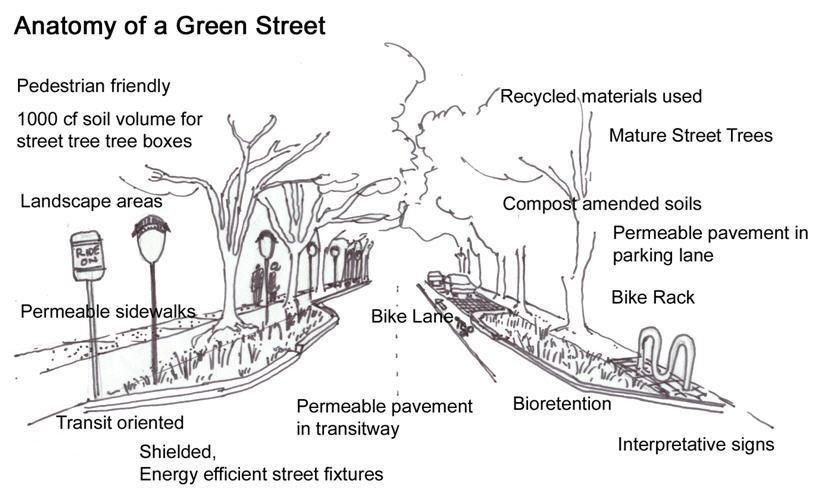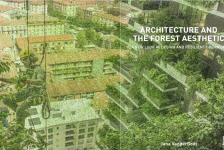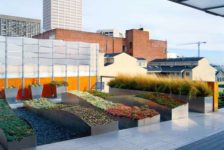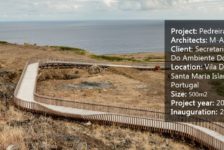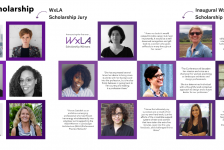Remarkable Objects, hosted by Leda Marritz, Creative Director at DeepRoot, is a new podcast about the intersection of nature and urban design. In each episode, we will hear from leaders and innovators whose work aims to influence the way we think about, design, and build the urban environment.
In Episode 2, The Mighty Green Street, we hear from Robert Goo, an Environmental Protection Specialist in the Office of Water for the U.S. Environmental Protection Agency (EPA). Goo’s work centers on changing the way we design our cities and manage our water resources. Goo has spent nearly 30 years promoting green infrastructure approaches for water sensitive design.
Green infrastructure is a stormwater management approach that manages the hydrology of a site more naturally. The conventional method of directing stormwater runoff from impervious surfaces into storm sewer systems is inadequate, as it does not protect water quality and quantity. Goo is working to shift the standard, transforming polluting roadways into opportunities for environmental benefits through the use of green interventions. By mimicking natural processes, green infrastructure strategies aim to retain all stormwater on-site, reducing the amount of pollutants that get discharged into our waterways, and ultimately improving the health of our water resources.
The NE Siskiyou Green Street in Portland, OR curb extensions can manage 225,000 gallons of stormwater runoff per year.
Goo’s work focuses on convincing designers and policy makers that “an alternative paradigm can reduce the infrastructure needed to manage water, reduce flooding, recharge their aquifers, reduce pollution, and help them restore the water bodies that are negatively effected by development pressure.” To achieve this goal, Goo suggests that we change the way we think about water as we design our cities and use Complete Street and Green Street principles as the streetscape standards.
Green Streets are designed to capture rainwater at its source, where rain falls. This solution is an integrated systems approach that incorporates vegetation, soil, and engineered systems to slow, filter, and cleanse stormwater runoff from impervious surfaces. Green streets incorporate a wide variety of design elements including vegetative curb areas to route runoff from the street into sidewalk, curb bump-outs at traffic crossings, expanded tree boxes, and the use of permeable pavers.
The Anatomy of a Green Street (Photo courtesy of US Environmental Protection Agency)
Complete Streets ensure safe access for all users, and contributes to community livability. Streets become more than a place for vehicular transit, but also an opportunity for placemaking, with amenities such as street-side cafes and bike paths. Together, Complete Streets and Green Streets provide environmental and societal benefits that make a vibrant and sustainable city. The Green and Complete Streets movement is on a very fast trajectory, with project examples all across the United States and using a variety of budgets. As more people become educated about what their streets can do, communities are demanding implementation, and driving change.
Remarkable Objects will air every-other Wednesday for the course of the eight-episode season. Check back in two weeks: I will be providing reviews of each episode, as part of the Deep Root and Land8 partnership.
Listen to the full episode here, and subscribe on SoundCloud or iTunes.
Published in Blog

